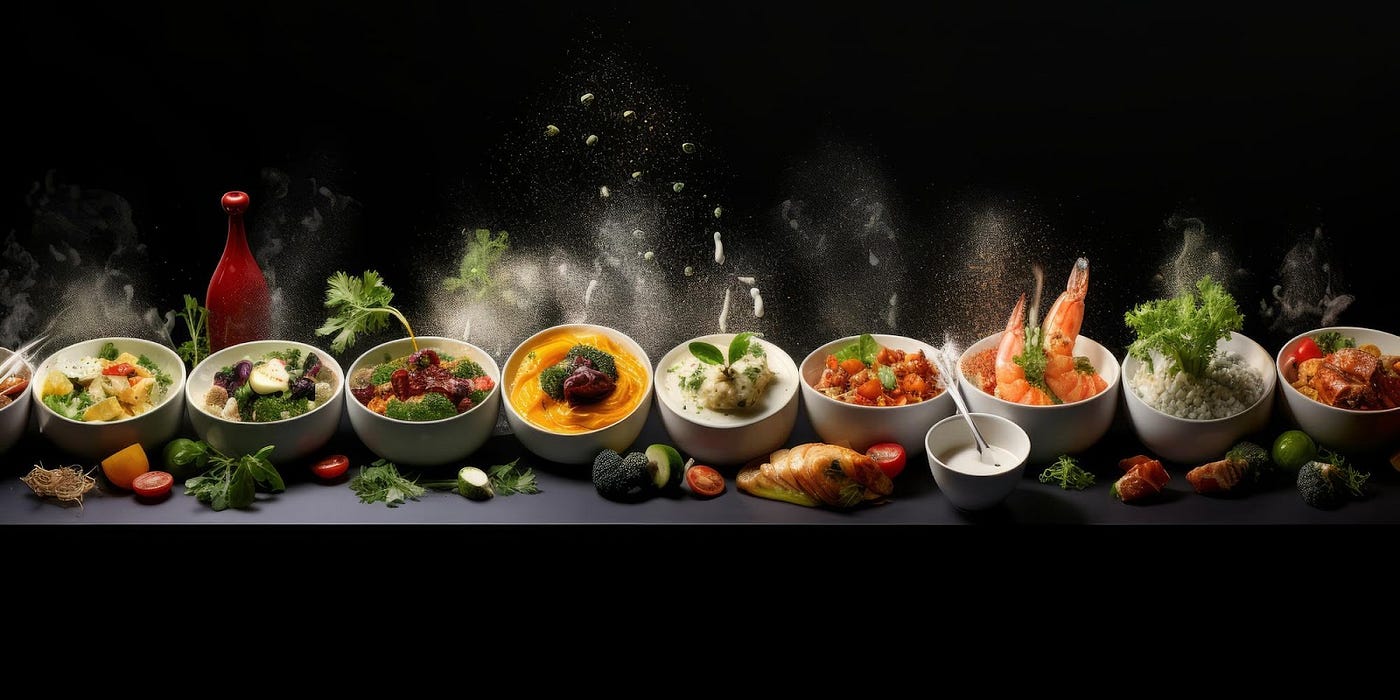Fusion cuisine, the creative blending of culinary traditions from different cultures, has become a global phenomenon. This trend celebrates innovation, combining diverse ingredients and cooking techniques to create unique dishes. Exploring the growing popularity of fusion foods offers insight into how chefs and diners embrace diversity in flavors and dining experiences.
Understanding Fusion Cuisine
Fusion cuisine merges elements from various culinary traditions to create something entirely new. It allows chefs to experiment with flavors, textures, and cooking methods. For example, the sushi burrito combines Japanese sushi ingredients with the format of a burrito, offering a convenient and flavorful meal.
Historical Context of Fusion Foods
Fusion foods have existed for centuries as cultures interacted through trade and migration. However, the modern fusion cuisine movement gained traction in the late 20th century, with chefs intentionally combining distinct culinary styles. This deliberate approach resulted in dishes like Korean-Mexican tacos, which blend Korean barbecue flavors with the traditional Mexican taco structure.
Factors Driving the Popularity of Fusion Foods
Several factors contribute to the rising popularity of fusion cuisine:
- Globalization: Increased travel and cultural exchange introduce people to international flavors, inspiring openness to fusion dishes.
- Culinary Innovation: Chefs continuously push the boundaries of tradition, creating bold combinations that excite diners.
- Consumer Demand: Modern food enthusiasts seek unique dining experiences, making fusion foods an attractive choice.
Examples of Popular Fusion Dishes
Fusion cuisine has brought many innovative dishes into the spotlight. Some popular examples include:
- Sushi Burrito: A fusion of Japanese sushi ingredients wrapped like a burrito.
- Korean Tacos: Tacos filled with Korean barbecue meats and kimchi, blending Korean and Mexican flavors.
- Ramen Burger: A burger using ramen noodles as the bun, combining Japanese and American elements.
- Butter Chicken Pizza: A fusion of Indian butter chicken and Italian pizza, creating a flavorful combination.
Impact on the Culinary Industry
The popularity of fusion foods has transformed the culinary world:
- Restaurant Menus: Many restaurants now include fusion dishes to cater to diverse tastes.
- Food Festivals: Fusion-themed events celebrate creativity and the merging of global cuisines.
- Culinary Education: Chefs are trained in fusion techniques to prepare for modern dining trends.
Read more about : https://cubanribs.com/
Challenges and Criticisms
Fusion cuisine faces some challenges despite its popularity:
- Authenticity Concerns: Critics argue that fusion dishes might dilute the authenticity of traditional cuisines.
- Cultural Sensitivity: Chefs must approach fusion thoughtfully to respect the origins of the cuisines they combine.
- Taste Balance: Successfully blending flavors from different cuisines requires careful attention to harmony and balance.
The Future of Fusion Foods
As global connections strengthen, fusion cuisine will continue evolving. Chefs are likely to explore new combinations, merging culinary traditions in innovative ways. This trend reflects a dynamic culinary landscape where tradition meets creativity, offering endless possibilities for adventurous diners. Unique blends, such as CYL Cream Matcha, exemplify the innovative spirit of fusion foods, combining traditional matcha with modern creamy textures to create a distinctive flavor experience.
Fusion foods showcase the beauty of blending cultures, creating flavors that transcend borders. Exploring the growing popularity of fusion foods highlights how innovation and tradition coexist, satisfying the adventurous palates of food lovers while celebrating culinary diversity.

